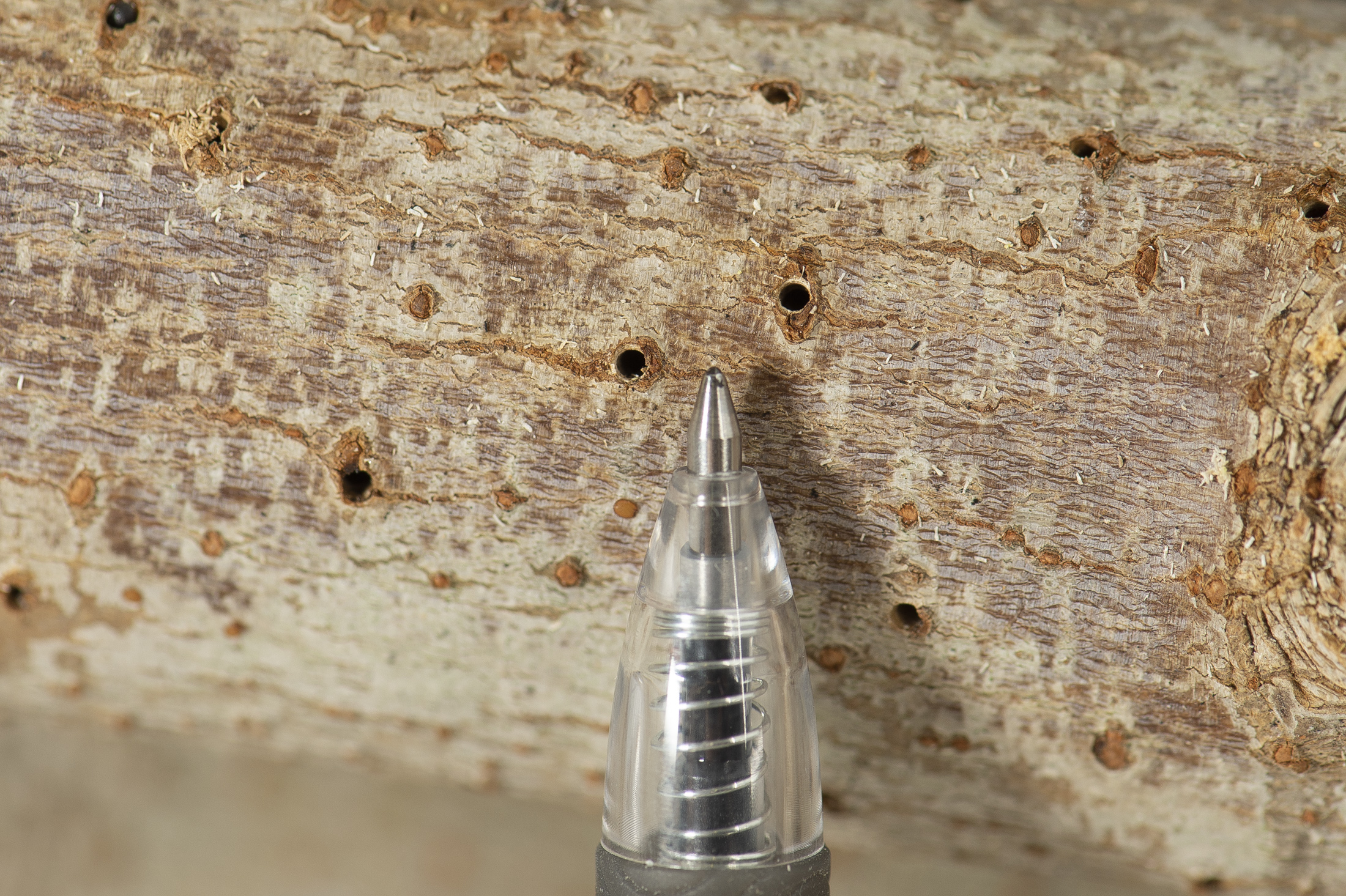When Perth is inundated with swarms of the little Hover Fly, I get so many calls on my ABC 720 radio programme about these little fella’s most people anxious that they were stinging bees. They are in fact a very beneficial insect that prey on whitefly and aphids. If you find them in your garden; jump for joy. You will be able to identify them from their flight pattern.
Hover flies have a characteristic flight pattern – hovering in one spot, moving suddenly forwards or sideways in a group, then hovering again. They are often mistaken for wasps or bees because of their black and yellow-striped abdomens, but they have evolved to mimic these insects as part of a defensive ‘keep away from me’ signal to predators. Clever little sausages.
Hover flies have large heads, huge compound eyes, and tiny antennae. Their bodies are quite slender, with a waist that is not significantly narrow, unless it is a wasp mimicking species. They have one pair of clear wings, and the banded forms have yellow and black bands similar to bees. Here-in lays the difference, hover flies have only one set of wings, bees and wasps two. They are small to medium sized flies, with an average body length of 1-1.5cm.
The mimicry of the hover fly is fascinating particularly those that copy wasps. They have the typical yellow and black banding with a narrow waist, and will even try to emulate the stinging action of a wasp by pushing the tip of the abdomen into whatever is holding them. However, they are totally harmless and cannot sting.
Hover flies will enter your garden in their hundreds during hot weather to seek shade and shelter from hot winds. The other great thing about them is that they are important pollinators of your flowers. When you see them swarming around your plants they are feeding on nectar. Many species enter your garden to predate on the aphids by laying their eggs in aphid colonies and the larvae (maggots) feed on the aphids. The larvae form of aphid-eating hover fly are not terribly attractive, they look more like flattened maggots. These small bright green or brown in maggots crawl through foliage in search of their aphid appetizer. They are blind, and move their head rapidly from side-to-side in search of soft bodied insects. Some species of hover fly are capable of consuming over 500 aphids during its larval stages.
The mass migration of hover flies in people’s gardens illustrates the point that all gardeners need to consider what pesticides they use in their garden. We need to adopt the motto of ‘discover not destroy’ more often and look at the role various insect play in our gardens. Unless we understand the role and interplay of insects better, we cannot make better use of them. Remember that the larvae stage of many insects bears no resemblance to their adult stage, and the spray you use to kill your aphids will also kill beneficial insects like the hover fly. The money you spend on pesticides would be better spent on a couple of good quality magnifying glasses to discover the wonderful world of insects.



